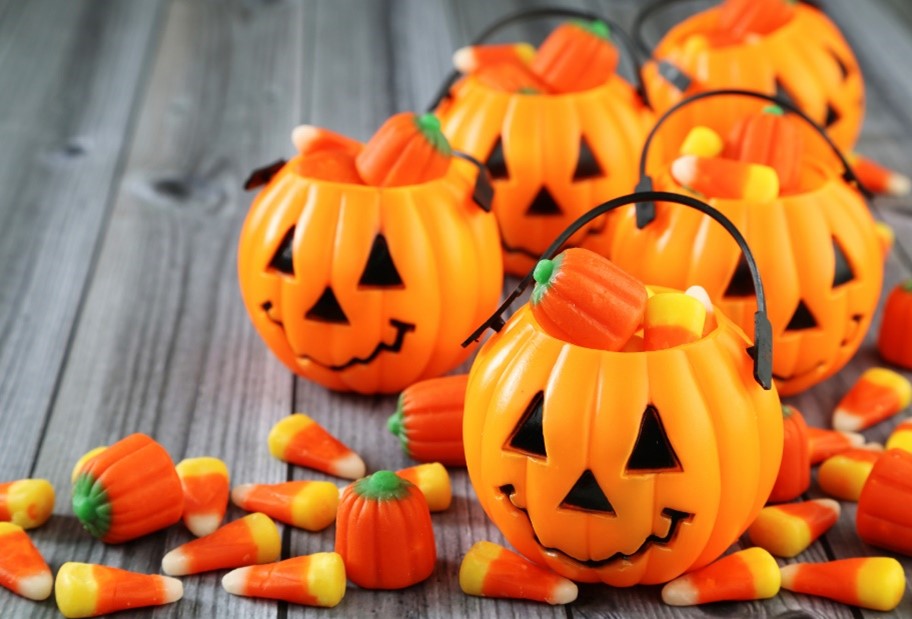
Tips for A Happy and Food Safe Halloween
BOO! Here it comes again, the official (unofficial) holiday of Halloween! There is no doubt, it is beloved by children and adults alike. The costumes, decorations and freaky/fun tricks and treats are wickedly delightful for those who participate before colder weather changes activity opportunities. To ensure it is fun for everyone, set expectations – your goblins and ghouls should know the food safety rules ahead of time to set the stage for happy smiles versus scowls and howls. Here are some ‘tricks” for caregivers hoping for a howling good time!
- Eat before you go out – some great Halloween treat ideas to set the stage are right here (with spooky music!) on Price Chopper YouTube and Pinterest boards. That will make it easier to create the plan that parents/guardians must check items before eating. We have treats for adults too – pumpkin everything and fall favorites to fuel your fun.
- Children should be taught/shown not to accept treats that aren’t commercially wrapped. Throw away anything that is torn, has pinholes, or looks unusual in any way. Fresh fruit, if accepted, should be carefully checked and washed before eating.
- If your child has a food allergy, you already know that treats are tricky. Verify Epi-pens are not expired and are readily available. Always check the labels of each item. Some homes may have a teal-colored pumpkin to signal they have some treats without some allergens, but adults must still check the individual items before eating. The same goes for gluten free candy – The Celiac Disease Foundation has published their 2022 Gluten Free Halloween Candy list – you can download and print the pdf here.
- Ages and stages – some candies are choking hazards for smaller children. Gum, hard candies, peanuts and even small toys could be a concern.
- How much and how often should be part of the plan – a national poll shows 78% of parents plan for about two pieces of candy per day. That helps children learn candy can be part of eating well.
- Flashlights, candy, party supplies and more are all at your local store and online waiting for you to create a “monster” good time. Happy Halloween!
BWAH HA HA HAAAAA!!!!!!!
Facebook
Twitter
Pinterest


